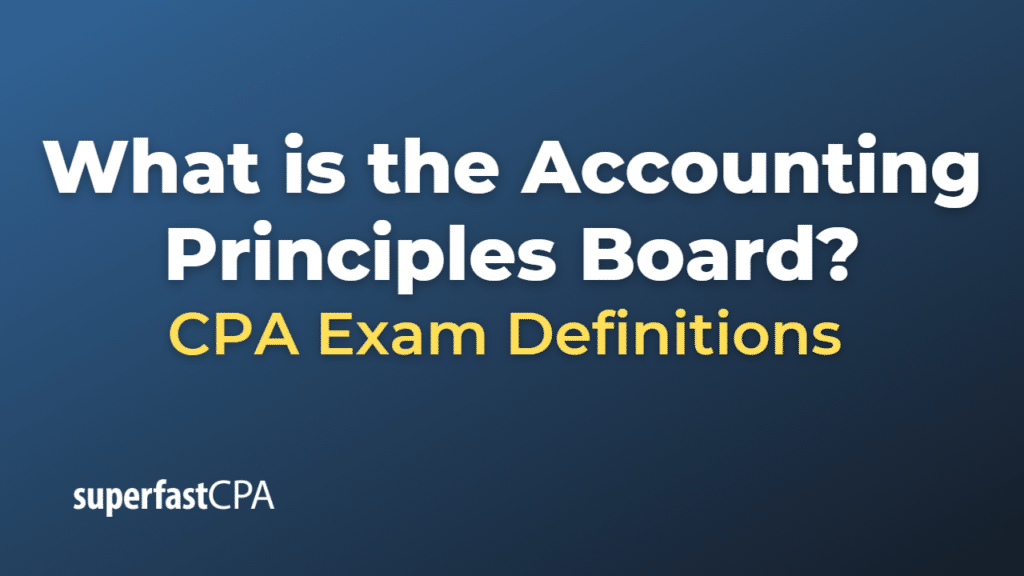Accounting Principles Board
The Accounting Principles Board (APB) was an authoritative body in the United States that was responsible for setting accounting standards and principles from 1959 to 1973. The APB was created by the American Institute of Certified Public Accountants (AICPA), the professional organization representing certified public accountants (CPAs) in the United States.
The APB’s primary objective was to establish and improve accounting principles, practices, and procedures to ensure consistency, comparability, and reliability in financial reporting. During its existence, the APB issued a series of pronouncements, known as APB Opinions, which provided guidance on various accounting issues and practices. Some of these opinions have been superseded by subsequent accounting standards, while others continue to be relevant under the current accounting framework.
In 1973, the APB was replaced by the Financial Accounting Standards Board (FASB) due to concerns about the effectiveness and independence of the APB. The FASB is an independent, private-sector organization responsible for establishing accounting and financial reporting standards for companies and not-for-profit organizations that follow Generally Accepted Accounting Principles (GAAP) in the United States. The FASB has continued the work of the APB by issuing its own accounting standards and guidance to ensure consistency, comparability, and reliability in financial reporting.
Example of the Accounting Principles Board
Let’s take a look at an example related to the Accounting Principles Board (APB) and one of its pronouncements.
One of the most notable APB Opinions was APB Opinion No. 16, “Business Combinations,” which was issued in 1970. This opinion provided guidance on accounting for business combinations, such as mergers and acquisitions. The opinion established two methods for accounting for business combinations: the pooling of interests method and the purchase method.
- Pooling of interests method: Under this method, the financial statements of the combining companies were retrospectively restated as if the companies had always been combined. The assets and liabilities of the companies were combined at their historical costs, and no goodwill was recognized. This method was generally used for business combinations where the companies were of similar size and had similar operations.
- Purchase method: Under this method, one company (the acquirer) was considered to have acquired the other company (the acquiree) by purchasing its net assets. The purchase price was allocated to the acquiree’s identifiable assets and liabilities based on their fair values at the acquisition date, with any excess of the purchase price over the fair value of net assets recognized as goodwill. This method was used for business combinations where one company had a clear controlling interest over the other.
APB Opinion No. 16 was an essential part of the accounting framework for business combinations in the United States until it was superseded by the Financial Accounting Standards Board (FASB) Statement No. 141, “Business Combinations,” in 2001. Statement No. 141 eliminated the pooling of interests method and required all business combinations to be accounted for using the purchase method, which was later refined and renamed the acquisition method in FASB Statement No. 141R issued in 2007 (now part of Accounting Standards Codification Topic 805).
This example illustrates how the APB contributed to the development of accounting principles and practices during its existence, providing guidance on critical accounting issues like business combinations. The work of the APB has since been continued by the FASB, which has refined and updated accounting standards to address the evolving needs of financial reporting.













